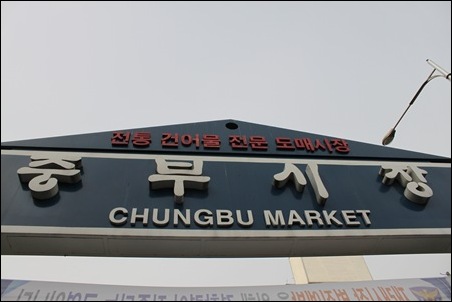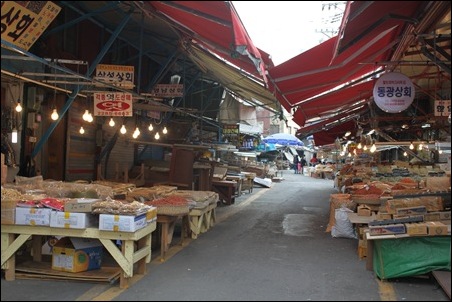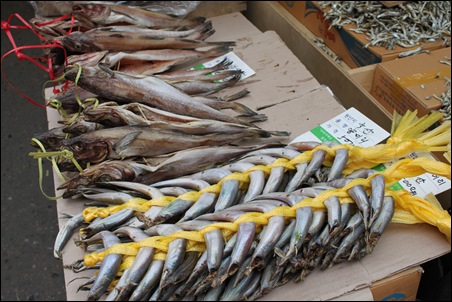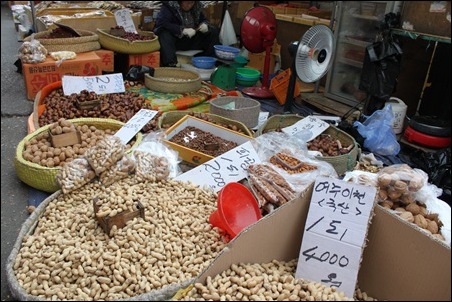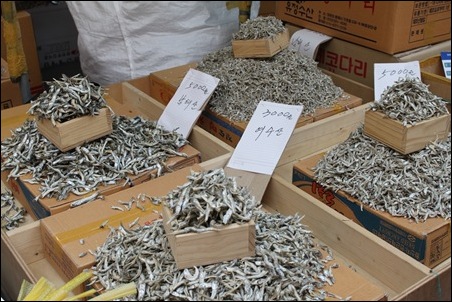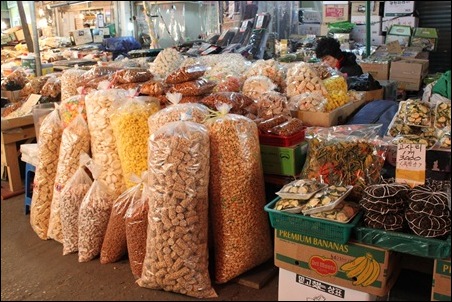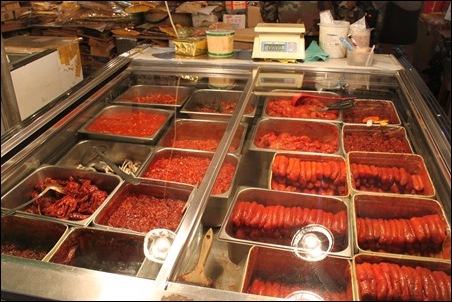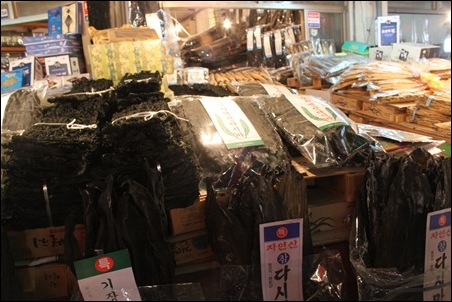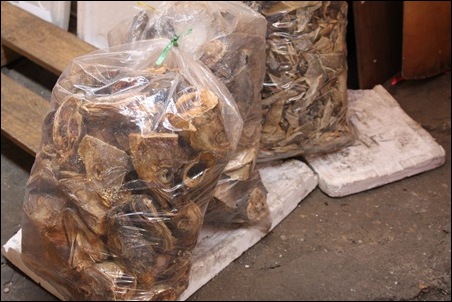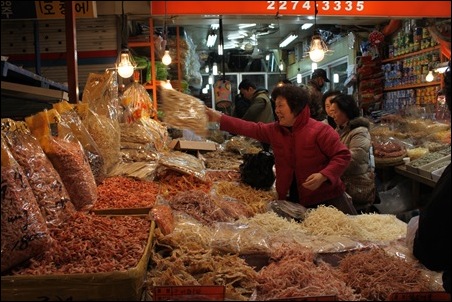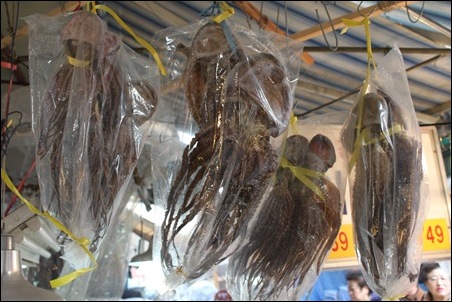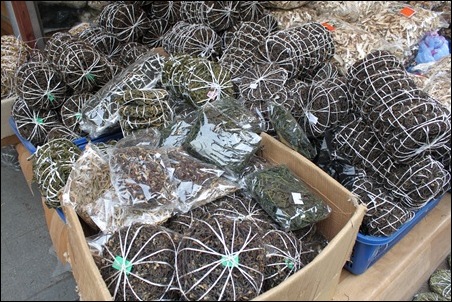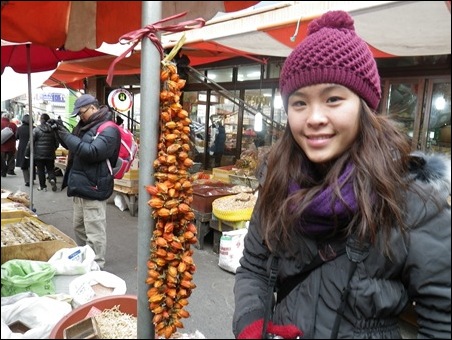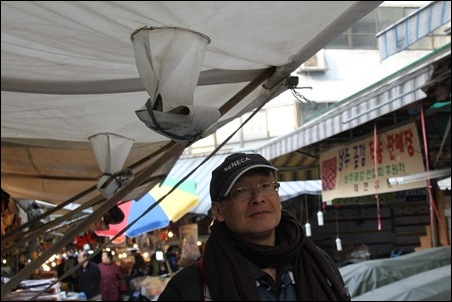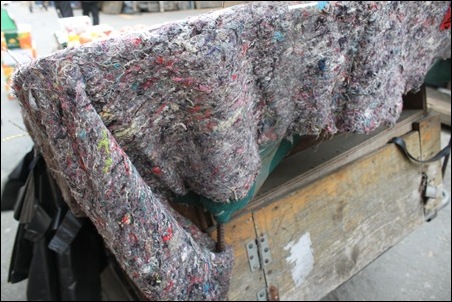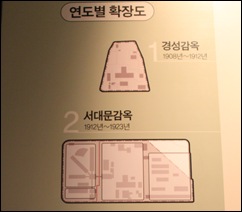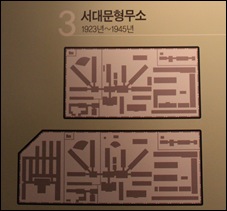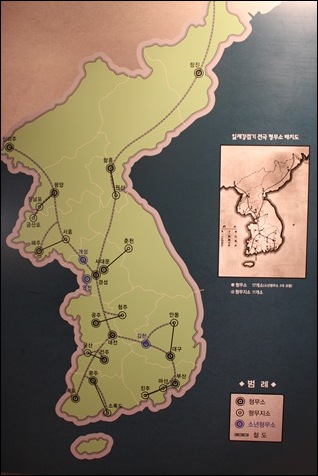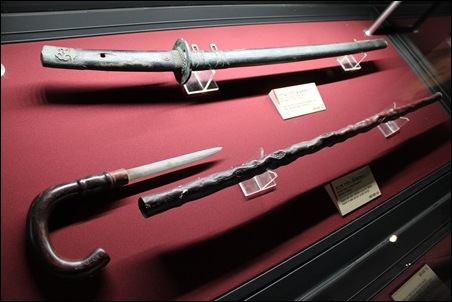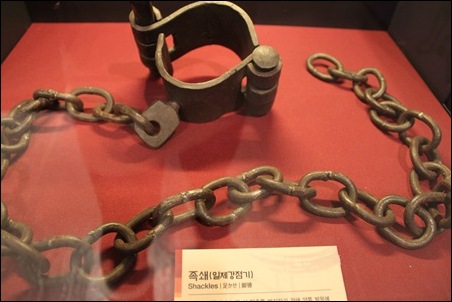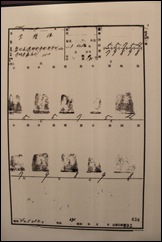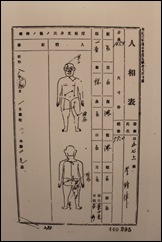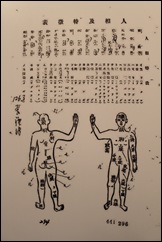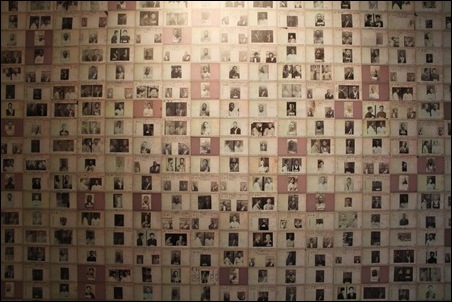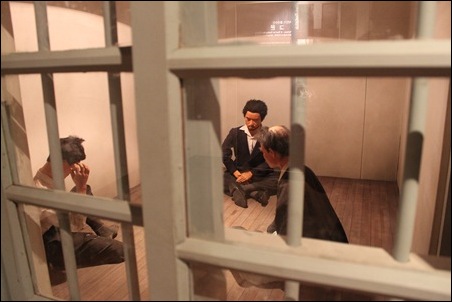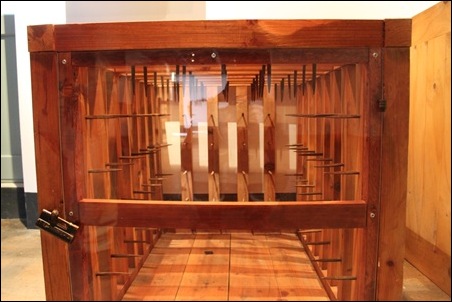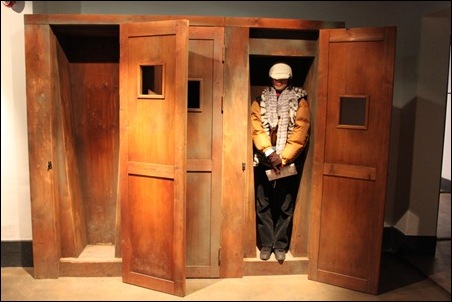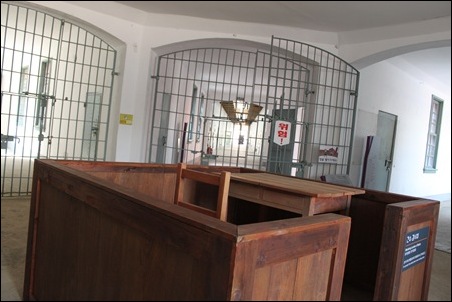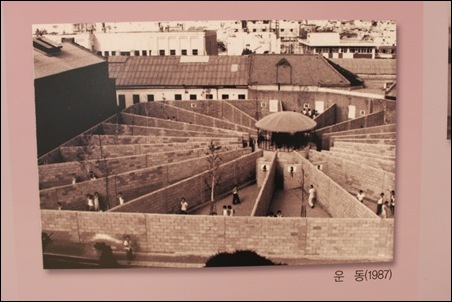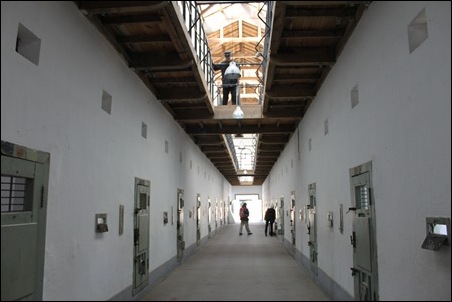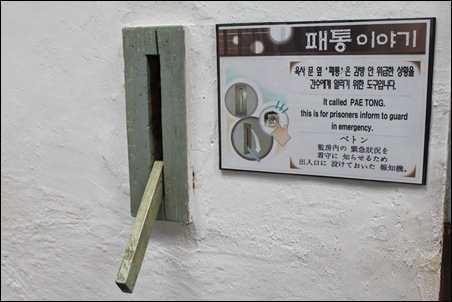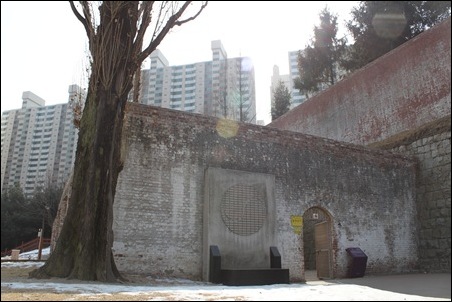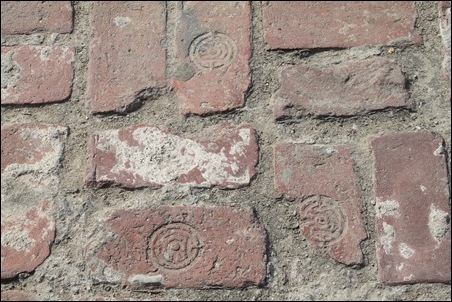This morning, I met Tracy. She’s an Australian living in Korea right now. It was very interesting to talk to her because she’s taught English in Korea before and has traveled to many places. I told her I am bringing my parents to the park. She was very interested in going. I will send her some more information about it later.
Mr. Lee wrote us directions for the taxi driver to take us to the main Beautiful Store. The beautiful store is a chain of second hand stores that donates it’s money to charities. In the end, we decided to take the subway because of the taxi incident before. However, the written directions came in handy when we weren’t sure where to go after we located the right exit.
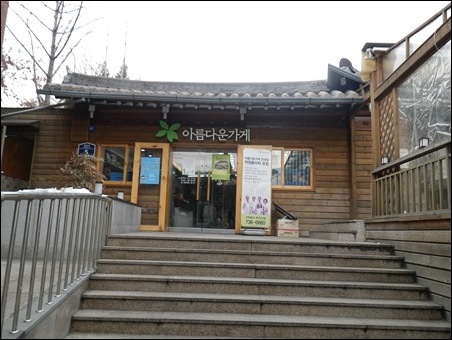
I bought two skirts from them. Then, I asked for directions to go to the head office. I was under the impression that it was the biggest Beautiful store but it ended up being an actual office. Fortunately, it was just a couple streets down so we didn’t really go out of our way.
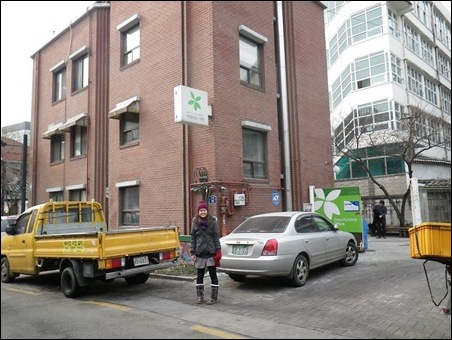
The Beautiful Store is in the Insadong area so we decided to go there for lunch. Mr. Lee said the food there would be a bit more expensive but the atmosphere is much nicer. We went to the information booth again to ask for a recommendation on a good bibimbap restaurant. They recommended a popular one in the basement of Ssamzie-gil.
We didn’t even know there was a basement section and was pleasantly surprised by the big underground restaurant. We ordered the couple’s set A. It had regular bibimbap, traditional Jeong bibimbap, spicy sizzling beef and side dishes. At the end, we got a bowl of berry flavoured juice. It was so refreshing and summery, I almost forgot it was winter outside.
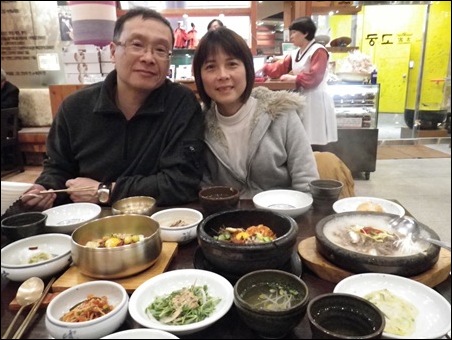
Bibimbap.
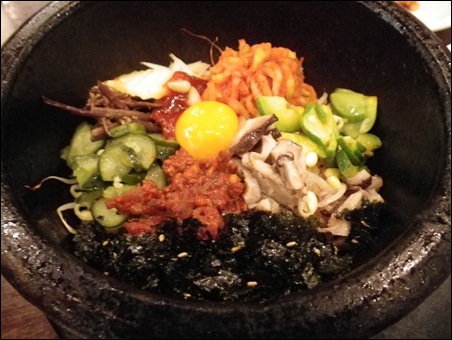
Traditional Jeong Bibimbap.
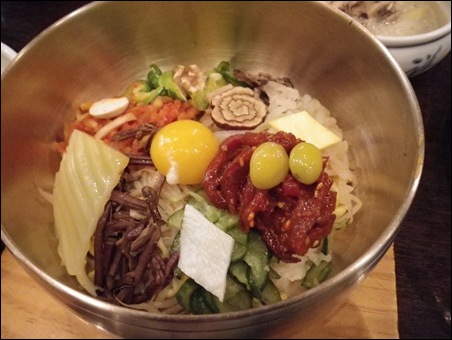
On the walk back to the subway station, I bought some souvenirs. My mother bought a three in one hairpin, mail opener and bookmark.
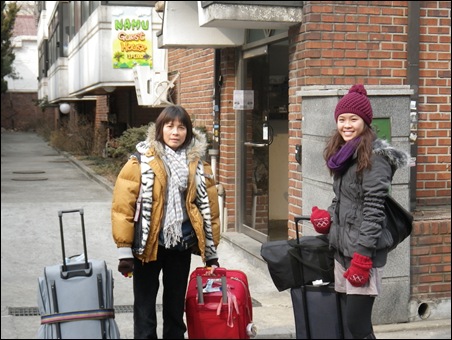
We quickly went back to the hostel to pick up our luggage. Then, we headed back to Hongik University station to take the airport railroad to Incheon airport.
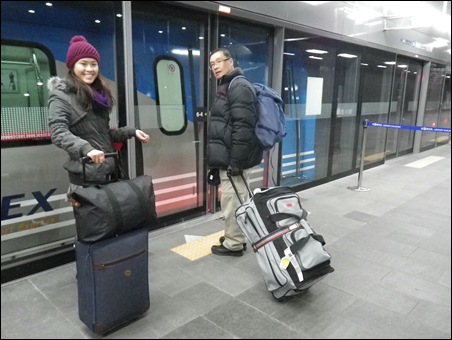
On the ride, I enjoyed eating a whole crunchy persimmon and worked on crocheting a left mitten. We watched the news broadcast video footage of a big snowstorm somewhere in Korea. Good thing it wasn’t in Seoul or else our flights might have been canceled.
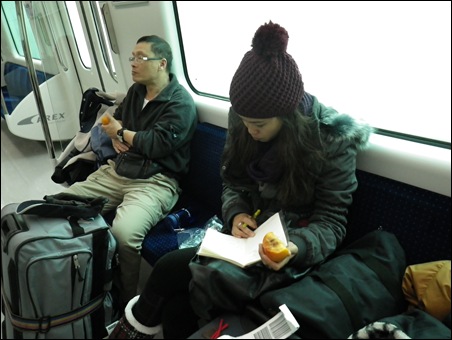
My flight was at 5:40pm and my parents’ flight was at 5:00pm. They were only flying domestic, so we decided to check me in first. I couldn’t find my check-in information on the notice board. We located an Asiana official to help us out. He discovered that I was supposed to be flying out of Gimpo International Airport, not Incheon! I didn’t know you could buy round trip tickets for different airports. I just assumed I go back to the airport I landed at. You always learn something new! Good thing I didn’t have to pay too much for this mistake (just the extra transportation fare).
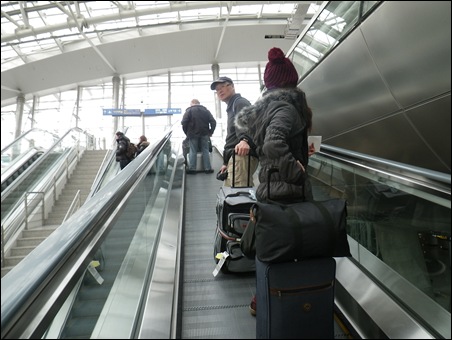
It was 3:00pm so I still had time to go to the other airport. It was decided that I would take the bus because the subway was a long walk back and the bus stops were right outside the terminal on the first floor. There were many different bus companies. We chose one that was leaving soon and not making stops in between.
I got on the bus at 3:15. It took half an hour to get to the airport but at a pretty expensive price of 7000 won.The check in and customs process was very smooth. I was waiting in front of the gate by 4:07pm. I was so bored and you get hungry when you’re bored. It was a good thing that my mother packed me snacks because I had no money on me.
There was no movie to watch on the flight and I had finished my mitten waiting for the plane to depart. As soon as I had finished the in flight meal, I pulled up my hood and tried to sleep a bit because you can only sleep about 6 hours on the ferry ride back.
I landed in a rainy Osaka after what must have been a super cold weekend (I saw snow on the ground!). I celebrated at the sight of my first vending machine. I was back in Japan!
